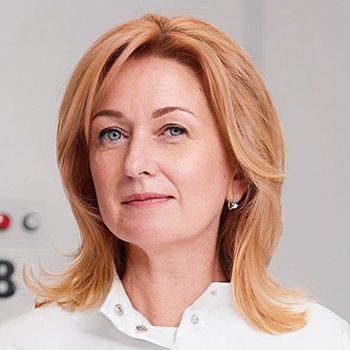We spoke with Anna Soletska, Head of the Sensory Analysis Laboratory at the MHP Culinary Centre (Ukraine), about her decision to join ESN and the specific research interests of her team.

How did you first come across the European Sensory Network?
We discovered the European Sensory Network when we implemented RedJade software to support the operational activities of our sensory analysis laboratory. We later found out that many ESN members are actively using this platform. We also learned that ESN experts are involved in the development of international ISO standards in sensory analysis. This reinforced our interest in joining a community of highly qualified professionals.
What motivated you to join the network?
We were looking for opportunities to exchange experiences with leading European experts, gain access to up-to-date methodologies and participate in joint projects. ESN membership offers new perspectives for our professional growth and a deeper understanding of trends in sensory science.

What do you hope to gain from participating in ESN?
We expect to build strong partnerships, share knowledge and participate in research aimed at improving sensory evaluation methods. We also hope to integrate European practices into our work, especially in terms of panel training, consumer insights and the adoption of digital solutions.
Could you give us a brief description of your department or lab?
The Sensory Analysis Laboratory operates within our MHP Culinary Center. Our core activities include sensory evaluation of products, support for new product development, consumer preference studies and tasting panel training. We combine classical techniques with modern tools such as RedJade to ensure product quality and consumer acceptance.
What areas of research are you particularly interested in?
We are particularly interested in methods that explore the consumer experience – such as CATA, Napping, TDS – as well as emotional response analysis. An important part of our work also involves expert panel evaluations, which help to identify subtle differences between samples, determine appropriate shelf life and determine traits. Our sensory studies are an integral part of strategic projects that support large-scale, data-driven decision-making on production volumes, processing technologies, formulations and agricultural practices. This ensures consistent product quality and alignment with consumer expectations.

